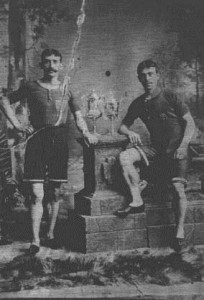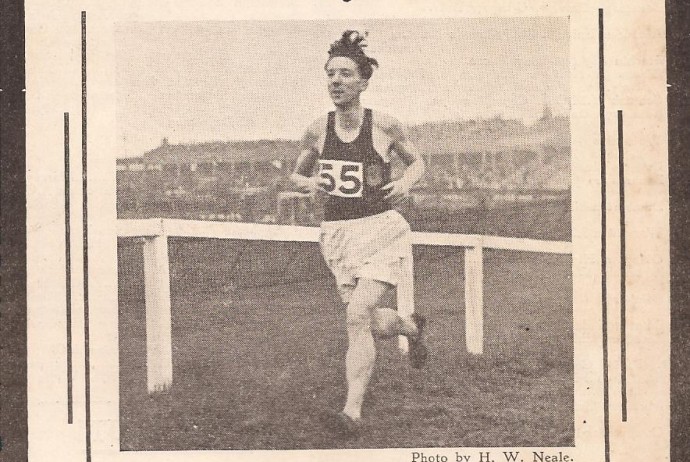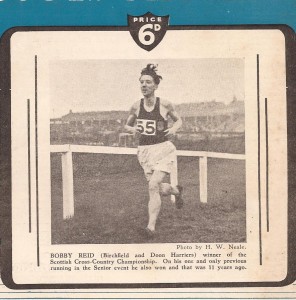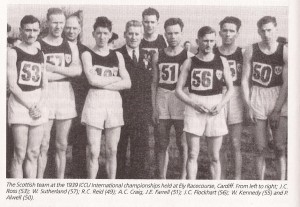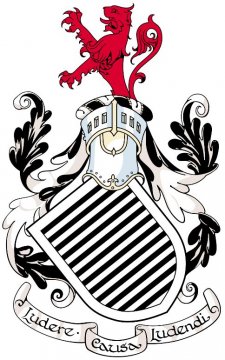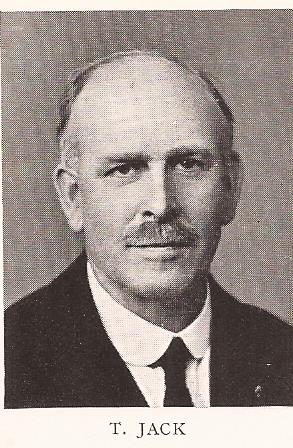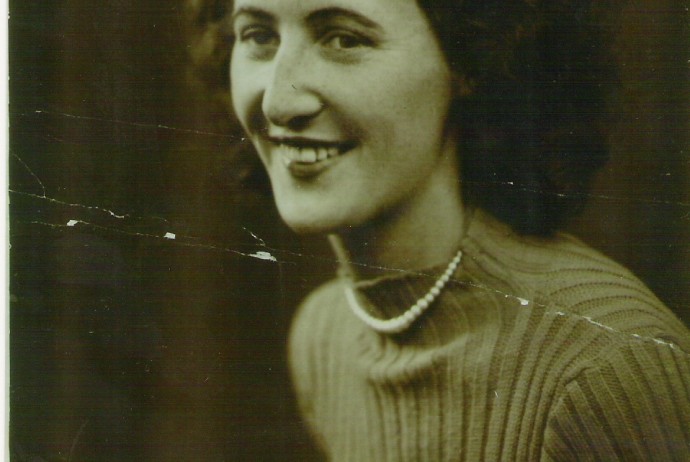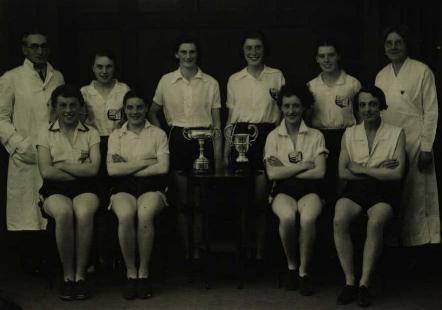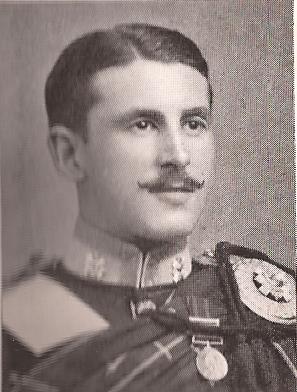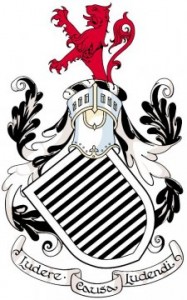
This is a follow up from Hugh Barrow to his earlier article on the subject – I’ve put it in a separate page because it links in several directions. The thorny issue of amateurism comes up again and again through the pages of the website and for many years Queen’s Park was noted as the only amateur club in the Scottish football league. Their role in the amateur/professional controversy is of interest, and this article should be taken with the DS Duncan profile and the earlier QPFC article. Some of the actual sports are here , here, and here .
There is much truth in the statement that among the founders of the Queen’s Park Football Club in 1867 were many north-country men, who brought to Glasgow the inherent love of athletics possessed by every Highlander, particularly as regards muscalar events. Mr. J. C. Grant is strong on this point, and his testimony, that the Highland section, who had migrated from Strathbungo to the Recreation Ground at Queen’s Park, where better facilities were available, indulged in hammer-throwing, putting the ball, pole vaulting, and tossing the caber, and first learned the football game from the Y.M.C.A., is correct. The club had only been a very short time in existence when, 29th April, 1869, the advisability of holding athletic sports in connection with the Queen’s Park Football Club was considered, and ” it was finally agreed, after a great deal of reasoning and warm discussion, to defer the matter until a month or two, when it could be entered into with greater confidence to bring about a more successful result.” At this meeting a proposition was made to provide a ball and hammer for the general use of “the members of the Q.P.F.B.C,” but an amendment was carried to the effect that this matter “should be deferreduntil a future period, as the club at present was not in a fit state to incur any extra expense.” However, on 8th July, 1869, “after considering the state of the funds, it was agreed to purchase 121b. and 161b. hammers, and 16lb. ball, for the general use of the club.” It was announced, at the annual meeting held on 14th April, 1870, that, with a view to present additional attractions and amusement for the members, the club had been provided during the year with balls, hammers, and vaulting poles, which had proved valuable auxiliaries in keeping up the interest in the club. The necessity of procuring another set of flags and goal-posts was brought before this meeting by the secretary, and after a little deliberation—it was a serious expenditure at the time—the treasurer and secretary were commissioned to provide flags and stumps, same as before, with goal-posts eight feet high, and all to be painted white. It was further decided to raise a fund for the purpose of holding amateur athletic “games” in the month of September, 1870. Great undertakings were to be I accomplished during the winter months (they played summer football in early days), and ” an endeavour made to turn the football club into one of the best gymnasiums in the kingdom.” A lofty ambition truly, and probably the outcome of the quite recent visit to Hamilton to play the local Gymnasium Club. It has been ascertained that horizontal bars, etc., had been erected at the foot of the vacant piece of ground, used then by this Hamilton club, now built upon, and other forms of athletics practised. The club was an athletic development centre. It was, however, many a long day before this laudable ambition of Queen’s Park was gratified, certainly not until 1889, when the pavilion at second Hampden Park was raised a storey, a gymnasium added, and a competent instructor installed. The month of August is the period in which the great Highland gatherings or “games” are held, and the first Saturday in September was for several years consecrated to the Queen’s Park open sports. It is quite reasonable to suppose that the northern element had a say in fixing this date. There was “a good deal of deliberation on the subject of the date, etc., and whether it could not be possible to hold them—the sports—this year, 1869.” Messrs. Lewis Black and W. Klinger were the authors of this proposal. Mr. Gardner, at the annual general meeting, April,. 1870, said, ” that with a view to present additional attractions and amusement for the members, the club had been provided during the year with balls, hammers, and vaulting poles, which he was glad to see had proved valuable auxiliaries in keeping up the interest in the club.” The contemplated sports, however, did not take place in 1869, nor for that matter until 1872, and only after a letter was read from Mr. II. N. Smith, the president, proposing an athletic competition. Messrs. J. Taylor and A. Rae were appointed a committee, with power to add to their number, ” to manage the whole affair.” On 2nd October, 1872, “Mr. Rae, for the athletic sports committee, reported that the sports had been very successful—Mr. James J. Thomson took the first, and Mr. Joseph Taylor the second prize”—so that the sports would appear to have been a sort of all-round club competition. This was the first sports meeting held by the Queen’s Park Club, and was the precursor of a series of confined meetings held for the encouragement and entertainment of the members. In addition to Messrs. Thomson and Taylor, mentioned above—the former being an athlete in every sense of the word, while the latter shone in the sprints—Messrs. Edmiston and M’Hardy were two strong men, who figured prominently in the ball and hammer throwing. Mr. Charles Campbell too, joining the club as he did in 1870, came in at an opportune time, and was a frequent prize-taker with the hammer, and above the average as a quarter-miler. He, however, did not compete at open sports, devoting his attention to the confined events of the club. Mr. P. M’Hardy, who had only become a member 12th August, 1873, was appointed Second Eleven captain at the annual general meeting in April, 1874. He was one of a sub-committee with Messrs. J. B. Weir and W. M’Kinnon to inquire after suitable “athletic implements” for the general use of the members. They recommended, May, 1874, that a putting ball (161b.), one vaulting pole, and one horizontal bar be got, and they were authorised to procure these at a cost not exceeding £3 sterling. It having been intimated that Mr. M’Hardy intended leaving his set of throwing-hammers in the house for the use of members, a hearty vote of thanks was accorded that gentleman for his kindness. Mr. M’Hardy resigned the captaincy of the Second Eleven, March, 1875, and though asked to give his reasons for doing so, he declined to furnish particulars, and desired the matter should be passed over without further notice. He was re-elected captain of the juniors at the annual general meeting, 1875, which position he did not accept, and also to the match and ground committees. Mr. M’Hardy had a long connection with the Queen’s Park. He resigned 3rd June, 1884. J. D. Finlayson, admitted 17th April, 1873, was an amateur pedestrian who played in the Second Eleven, and obtained distinction on the track until he removed to Inverness. George Philips was also a great rival of Finlayson as a half-mile and mile runner. H. A. Watt, late member of Parliament for the College Division, held the champion-ship of Scotland, being invincible as a hurdle jumper. John Harvie had the honour of being walking champion of Scotland. Many famous athletes competed at open athletic meetings in the colours of the Queen’s Park. No reference is made in the minutes regarding sports, from the first confined meeting until 6th June, 1876, when the club decided to hold its first open athletic meeting. It was agreed at this meeting to have club sports, and the date was fixed, 9th September, 1876, and the secretary was instructed to make it public through the newspapers, and to advertise as thought fit. A scroll list of events was drawn up, and remitted to a strong sub-committee of seven to carry out all the arrangements. Open and confined events were included on the programme, and the list was printed and circulated among the principal clubs in Scotland and England. A number of leading gentlemen in Glasgow and district had been communicated with to secure their patronage, and had already signified their willingness to grant it. In the confined events, on the motions of Messrs. Weir and M’Neil, a 150 yards race was substituted for 200 yards, and the challenge cup half-mile was not to be handicapped. A grant of £30 was given to defray the preliminary expenses. The challenge cup referred to was to become the property of any winner lifting it twice.” The source from which it came is not stated. Messrs. Campbell, M’Neil, M’Kinnon, and Taylor (captain) were to represent Queen’s Park in the four-a-side competition. The other clubs that competed were Eastern, 3rd Lanark, and Dumbarton. There were also a place-kick event, a dribbling race (members), and tug-of-war between football clubs. This is the first reference to this contracted football game, which became popular at sports meetings afterwards. This initial amateur meeting, though the receipts amounted to £213, yet showed a loss of £55—the prizes were handsome, and cost £129. The sports had been ” highly satisfactory as regards the competitions and turn out of spectators, but from a financial point of view had not come up to the anticipations of the committee.” Stock had been acquired to the value of £25, which reduced the loss to this extent. Thus began the series of important athletic meetings held for many years under the auspices of the Queen’s Park Football Club. As the knowledge of athletics spread and developed, the balance was frequently often substantially on the right side; but should the financial result be adverse through bad weather or other causes, the club was in no way deterred from furthering amateur sport of this character. The modus operandi in connection with its first athletic meeting was exactly followed on all subsequent occasions, men of athletic experience being selected as a sub-committee to make and carry out all arrangements.
The Queen’s Park amateur athletic sports stood for years one of the most important in the kingdom, and maintained their position until the introduction by other clubs in the city of the subsidised amateur, who received his expenses, and often the expenses of his trainer, together with a certain sum for appearance money. With this system the Queen’s Park, in its decided abhorrence of everything bordering on professionalism, would have nothing to do. Those great performers who have appeared on the “classic slopes” from time to time had no monetary inducement given them. Members of the club were only too glad to entertain and house them while in Glasgow. It was against all the principles of the club to do more. However, great stars coming from all parts of the kingdom to other local meetings provided attractions which the public, asking no questions, was not able to resist, and the system paid. The strict amateurism of the Queen’s Park was not remunerative, and gradually the club, disheartened, dropped out of the active athletic arena in quite recent years; but now, after the war, more activity is being displayed, and sports were held 6th June, 1920, and, we are glad to relate, proved to be one of the most successful ever held by the club. The prizes set for competition were always of the handsomest description, which the winners could retain with abundant pride to the end of their days, not Brummagem stuff, manufactured for the purpose, so often to be seen now in shop windows. Everything the Queen’s Park undertook was carried out in the best manner possible. The evil of subsidising amateurs became so flagrant that the Scottish Amateur Athletic Association had to intervene and hold an investigation. The efforts to suppress the scandal were only partially successful. When both sports promoter and competitor are in collusion, it is difficult to prove an offence, the consequence being so serious to both parties.
The Queen’s Park committee, having carefully considered the situation, decided, after the athletic meeting in September, 1886 – the sports had been held in September now for ten years–to hold future meetings in June, commencing the following year. The change was made ” because September was considered too far on in the season for sports to be successful, the football season being too close at hand, and the majority of athletes then stale and out of training.” This change of date proved at first very successful, both athletically and financially. In the late ‘eighties and early ‘nineties there was a great influx to the club of athletic and •cycling members, who found the conveniences of the Queen’s Park track met a much-felt want, and these took full advantage of its amenities. The club at first was reluctant to take such men into full membership, as its first and last business was football. Permits were issued for training on the track, with full use of the pavilion and trainer to non-members. It was a great satisfaction to the club to find its efforts in this direction so fully appreciated. The track was constantly being improved, widened, and the banking brought up to the latest speed requirements.
On more than one occasion professional peds. have, under the disguise of amateurs, competed at the sports of the Queen’s Park. In the ‘seventies a famous professional miler ran against George Philips, a noted Queen’s Park amateur miler of the time, to settle some dispute in betting circles as to which was the better man at the distance. The professional won, but did not come forward to claim the prize, having apparently no criminal intent, bar the deception. The case was different at the September sports in 1878 with John Harvie, then Scottish champion walker, as the professional who won walked off with the prize. Mr. Harvie called the attention of the committee to his unfortunate position, but, of course, they had no responsibility in the matter, so he had to content himself with the second prize. BETTING Betting at athletic meetings caused considerable annoyance to the Queen’s Park, and other sports-holding amateur clubs, in the early ‘nineties. As professional pedestrianism had fallen on evil days, brought about by this same betting, and the chicanery associated with it, the scene of operations was transferred to the amateur grounds. This was a state of affairs which the Queen’s Park could not contemplate with equanimity. It was against all the principles of amateurism, and might eventually lead to the ruin of a then healthy pastime. This club was, therefore, the first to take action in the matter, a position which naturally fell to it.
Mr. William Sellar, writer, who was at this date president of Queen’s Park Football Club, took the matter up strenuously, and communicated, on behalf of his club, with the Town Council, May, 1897, regarding what steps the police authorities proposed to take to put down open betting at athletic meetings in the city. The Council remitted the matter to Mr. John Lindsay, then interim Police Clerk, now Sir John Lindsay, Town Clerk of Glasgow, for an opinion. The whole question rested on what was “a place” within the meaning of the Betting Act, 1853, the force of which was not extended to Scotland until amended in 1874. After quoting various decisions of the English and Scottish Courts, Mr. Lindsay gave the following opinion for the guidance of the Town Council :—
As all the meetings of the various athletic clubs of the city are held within closed grounds which are generally known by a name, and are certainly capable of reasonably accurate description, and to which persons from time to time, or on particular occasions or occasion, resort, it, in my opinion, necessarily follows that the areas of those athletic meetings are places within the meaning of the foregoing statutes, and that therefore the provisions of those statutes, prohibiting the using of such places for betting by professional betting men, can be enforced by the police, and thereafter at the instance of the Procurator Fiscal, or of any person, by process in the Sheriff Court.
Mr. Sellar in his letter referred to the decision by Mr. Justice Hawkins in the Dunn case. The learned judge laid it down that an inclosed racecourse was ” a place.” In 1885 the Court of Session, on appeal in the Henretty case—the defendant having been convicted in the Glasgow Sheriff Court tor betting at Shawfield—quashed this conviction ; but Mr. Lindsay was of opinion, notwithstanding these contrary decisions, that though the Procurator-Fiscal, in face of the final issue of the Henretty case, might refuse to prosecute, if that official, or any private person, prosecuted, and the case taken to the High Court, it is very probable it would be heard and disposed of by a full bench of judges.
In face of this decision in the Court of Session, the evil was allowed to continue. It was not until five years later that the Scottish Amateur Athletic Association concluded to move. On 19th May, 1902, a letter was received by the Queen’s Park committee from the honorary secretary of the Western District (S.A.A.A.), intimating that the Association had been in communication with the Chief Constable of Glasgow with a view to stopping the nuisance of betting at sports, and requesting the attendance of one or two delegates from the Queen’s Park Club to co-operate with the Association in the matter, at a meeting fixed by the Chief Constable. Messrs. Geake and Liddell were appointed. No prosecution followed against any bookmakers frequenting Hampden Park or elsewhere. Action was confined to posting notices prohibiting betting at the various grounds, and increased activity on the part of the police stationed there, to see that bookmaking was not carried on. By perseverance, and the invaluable assistance of the Chief Constable, things were made so uncomfortable for the bookies that they ultimately found the game did not pay, and withdrew from this new sphere, where their presence was not wanted. This satisfactory result must be mainly attributed to the initial action of Queen’s Park. One would have thought the Scottish Amateur Athletic Association would have been the first to move in the matter, but such was not the case.
Coupon betting had by January, 1914, become a curse to the game, and, indeed, is so still. Horse racing having been permitted only to a limited extent by the Government during the war, had driven the bookies to other fields to exercise their talents, and one which proved most lucrative was betting by coupon on football matches—an illegal practice which was carried on under various subterfuges. The Continental bookies were compelled to come home, or be interned, and found their occupation abroad gone. Many efforts were made to suborn players to sell matches, and it is painful to relate that some players, not many, accepted the tempting bait offered them. The evil is more rampant in England than in Scotland. Consequently the Football Association has been more active in its attempts to suppress these insidious attempts to ruin the game, and several English players have been severely punished, when direct proof has been forthcoming that they have been guilty. So far the Scottish Association has not been called upon to prosecute, though it has kept a watchful eye on what is occurring in regard to coupon betting in Scotland. No case of the kind has come before it, which proves that Scottish players are practically immune, and have the interests of football, which are also their own, at heart, and play the game in a cleanand honourable way. The Scottish League, however, thought at this period, 1914, probably because the professional player came more directly under its control, that it would be advisable to indicate its position on the subject. A circular was issued to the clubs, copies of which were to be hung in the players’ dressing rooms, the referee’s room, and the committee rooms, at each ground, condemning coupon betting. In this way the warning against the evil would be perpetually before the players and the clubs.
After a conference with the Scottish League, who stated coupon betting had become acute, the Scottish Association also took up the matter, and in January, 1916, passed the following resolution:—
Any director, official, player, or other person connected with football management w<h© participates directly or indirectly in betting upon the results of football matches shall be expelled from the game.
Further, in May, 1916, at an extraordinary general meeting of the Scottish Football Association, this resolution was added to articles of association as a new article, and all clubs were compelled to post in their pavilions a copy of the resolution as a warning to players and officials. Still the practice goes on. Only quite recently an English player was imprisoned (March, 1918) for trying to induce certain players to sell a game at the instance of betting men, who themselves escaped punishment.
The Queen’s Park was one of the first members of the Scottish Amateur Gymnastic Union. When the club was approached by the secretary of the 1st Lanarkshire Rifle Volunteers Athletic Club (Gymnastic Section), the committee appointed Messrs. D. C. Brown and Stewart Lawrie to represent the club at a meeting held on 6th June, 1890, to form this Union. Before August, 1891, the Union was in debt to the extent of £30, and appealed to the club to assist it in its difficulties. The Queen’s Park agreed to pay its just proportion of the indebtedness, on the understanding that its resignation be accepted afterwards. The club formally resigned from the Union in September, 1891. Mr. Stewart Lawrie, Queen’s Park, was the first president of this Union.
In the autumn of 1890 baseball teams were giving exhibitions throughout the country, of the American national pastime. Mr. M. P. Betts, secretary of the National Baseball League, made application for the use of Hampden Park on a week night, in an effort to popularise the game in this country. Baseball did not appeal to Scotland, nor, for the matter of that to England. All the efforts to introduce it into this country were still-born. Another attempt was made to interest football clubs in the game—November, 1906—when a meeting of clubs in and around Glasgow was held in the George Hotel to consider the advisability of starting a Baseball Association, but the the proposal met with small support. The Queen’s Park committee did not entertain the project. In 1918 another exposition of the game was given on Hampden Paris, between teams drawn from the American Navy, and the Canadian soldiers, who had come over to take part in the war. Played in the cause of charity, it proved a variation, no more.
The idea of a gymnasium for the members seems to have originated with Mr. James Lawrence, who was president of the Queen’s Park for three seasons. At the annual general meeting in May, 1889, he drew attention to the want of variety in the system of training, running being really the only form of exercise members could avail themselves of. The chairman, Mr. Stewart Lawrie, said that the erection of a small gymnasium had been thought of, and, as a substantial balance was in bank, the idea would probably take definite shape very shortly. It did take shape when the pavilion was enlarged in 1889, and a spacious gymnasium was built at the back, with Mr. Benson, Glasgow University Gymnasium, as instructor.
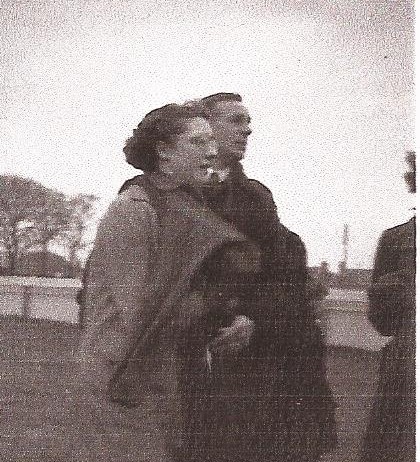
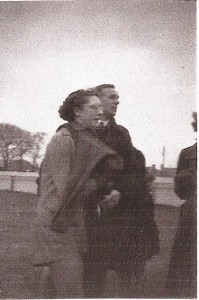
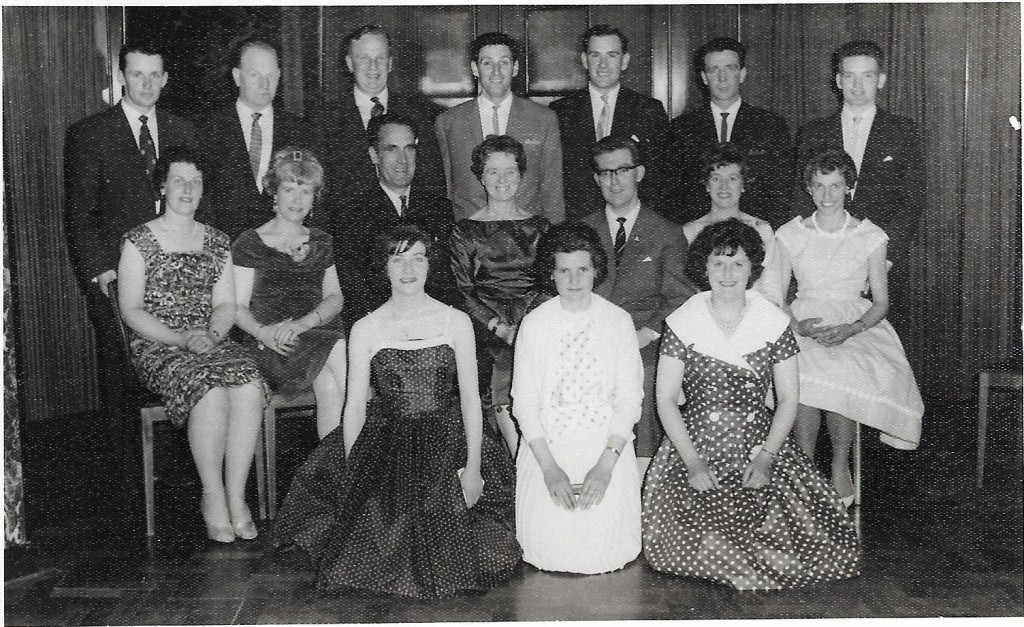
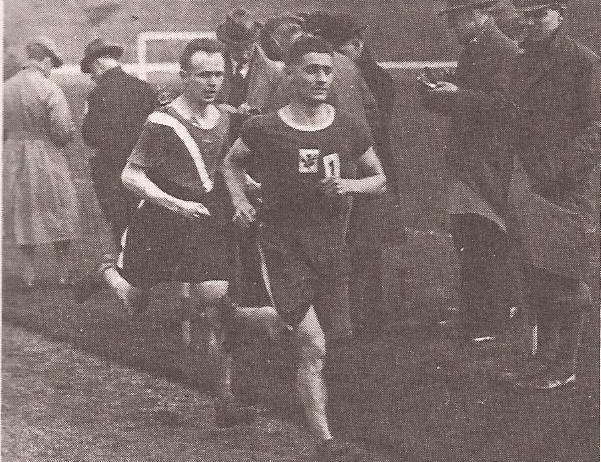
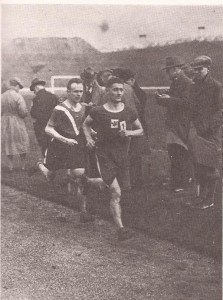
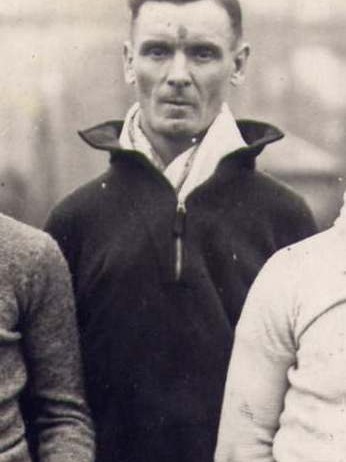
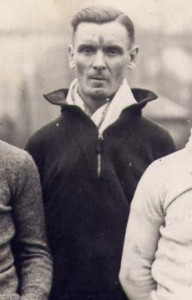
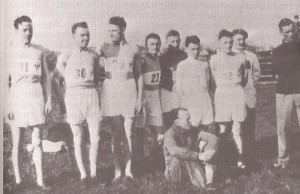
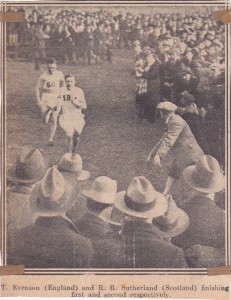
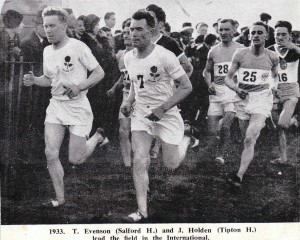
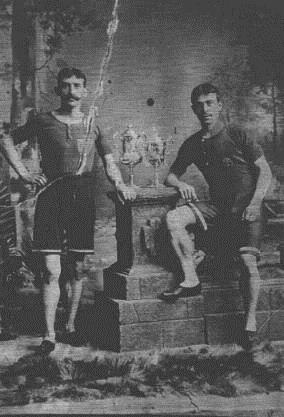
![Stewart-James-Duffus-150x150[1]](http://www.anentscottishrunning.com/wp-content/uploads/2013/08/Stewart-James-Duffus-150x1501.jpg)
